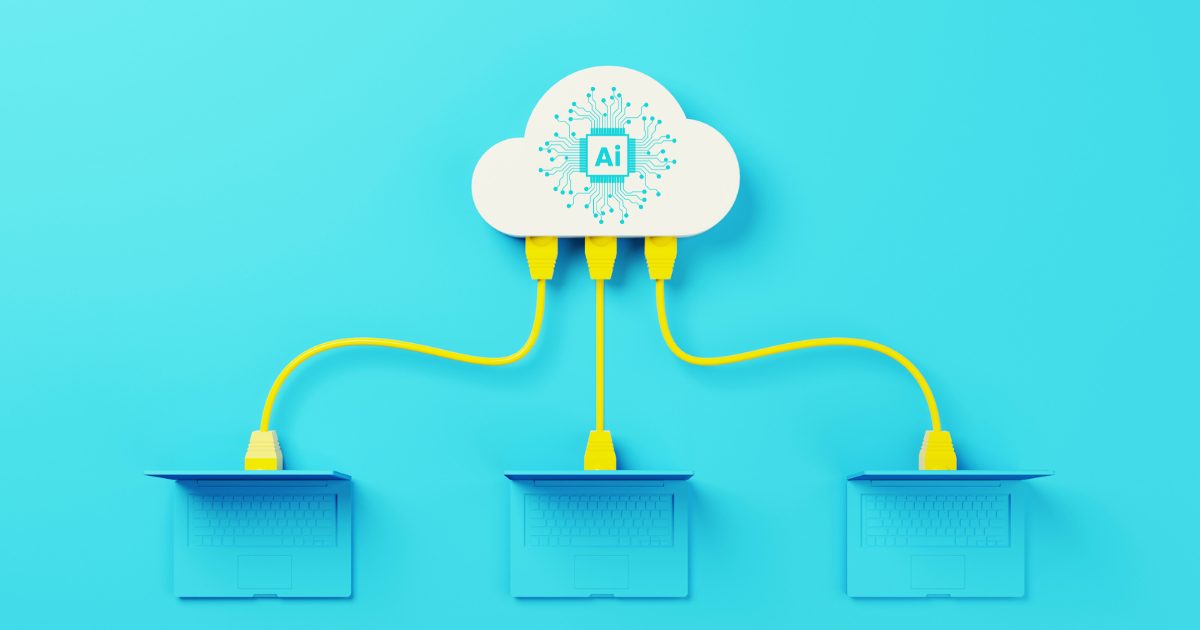Automation is a trend that continues to grow in importance and prevalence. Automation strategies are systems of process optimization designed to increase productivity, reduce costs, and decrease errors by automating certain tasks. Automation allows for organizations of all sizes to streamline their operations, save time and money, and create more efficient processes. The goal is to maximize efficiency while reducing manual labour for routine functions.
The future of automation relies on trends such as the Internet of Things (IoT), artificial intelligence (AI), machine learning, robotic process automation (RPA) technologies, cloud computing, and big data analytics. These advancements enable organizations to automate core business activities with greater accuracy than ever before while gaining valuable insights into customer behaviour or supply chain performance. By leveraging these modern technologies, organizations can optimize their internal processes quickly and easily—allowing them to focus resources on higher-value activities such as innovation.
In this article, we will outline different types of automation and why you need to integrate automation into your business, so you don’t get stuck in the past.
On-Premises Automation
On-premises automation offers organizations a wide range of benefits. On-premises software can provide greater control over costly resources and increase the accuracy of processes. By automating tasks, organizations can reduce time spent on manual data entry and improve customer service by providing faster response times. Additionally, automation provides scalability to accommodate changing business needs without extensive hardware upgrades or additional staff training requirements.
The applications for on-premises automation are virtually limitless—from basic task scheduling to complex process orchestration, many activities can be automated using an in-house solution. Organizations may use automation for customer relationship management (CRM), supply chain management (SCM), or enterprise resource planning (ERP).
Other common uses include marketing campaigns, product quality assurance testing, inventory tracking, and automated billing solutions. In addition to these core functions, many organizations now deploy intelligent systems that utilize AI and machine learning techniques to automate more sophisticated processes such as natural language processing or facial recognition technology.
Cloud-Based Automation
Cloud-based automation offers organizations the ability to automate processes and access resources through a secure, cloud-based platform. Automation in the cloud can be used for a variety of applications such as data integration, workflow management, customer service optimization, business analytics, and more.
The primary benefit of leveraging cloud-based automation is improved scalability; by using a shared infrastructure for processing tasks across multiple users or departments, organizations can quickly scale up or down based on changing demands without needing to purchase additional hardware or software licenses. Additionally, since all data is stored securely on remote servers (rather than on local devices), organizations are able to minimize downtime due to unexpected system failures while still achieving reliable performance levels with minimal disruption.
Cloud-based automation solutions have the potential to streamline complex operations that involve multiple stakeholders and touchpoints—such as order tracking systems or multi-stage supply chain operations—while also providing unprecedented visibility into how each step of the process is performing at any given time. This allows managers to easily identify bottlenecks or areas where improvements can be made to optimize efficiency and speed up delivery times. In addition, automated reporting tools provide real-time insights into customer behaviour so managers can make informed decisions about their marketing strategies and product offerings.
Finally, cloud automation eliminates certain security risks associated with traditional solutions. Since all data remains centralized in one place, it is much easier for IT teams to monitor usage patterns and detect malicious activity before it becomes an issue. In addition, because there is no need for manual installations of updates or patches, these changes are automatically applied whenever they become available—ensuring that critical information remains safe from cyberattacks at all times.
Deep Learning and AI-Driven Automation
Deep learning and AI-driven automation are revolutionizing the way organizations operate. With its ability to process large amounts of data quickly, deep learning enables organizations to automate complex tasks with greater accuracy and efficiency than ever before.
By leveraging machine learning algorithms, organizations can identify patterns in customer behaviour or supply chain performance that would otherwise be time consuming or impossible for humans alone to uncover. Deep learning and AI-driven automation have many applications across a range of industries, from healthcare to manufacturing.
For example, in the healthcare industry, deep learning technology is being used for medical diagnosis based on patients’ symptoms, imaging analysis for early detection of diseases such as cancer, automatic image annotation for disease recognition in X-ray images, and automated record keeping and claims processing systems.
In manufacturing settings, robotic automation has become commonplace due to its ability to accurately handle repetitive tasks like sorting parts or assembling components more quickly than manual labour can achieve. Additionally, this technology is used in predictive maintenance systems which monitor equipment performance metrics so potential problems can be identified long before they cause costly downtime or production delays.
AI-driven automation also provides valuable insights into customer preferences through natural language processing (NLP) techniques such as sentiment analysis. This helps organizations understand how customers feel about their products or services, while providing personalized recommendations tailored toward everyone’s needs. This allows businesses to anticipate future trends and make informed decisions regarding product offerings and marketing strategies, accordingly.
Overall, deep learning and AI-driven automation offer organizations an unprecedented level of cost savings and efficiency gains by automating complex processes with minimal human intervention required—allowing them focus resources on higher value activities instead.
Robotic Process Automation (RPA)
Robotic process automation (RPA) is an increasingly popular technology that allows businesses to automate mundane and repetitive tasks. By using software robots, organizations can quickly process large amounts of data with greater accuracy than humans alone. With RPA, organizations no longer need to dedicate labour resources to manual processes such as data entry or document preparation—freeing up time for employees to focus on higher-value activities such as innovation.
The primary benefit of RPA is improved efficiency; by automating tedious tasks, businesses can reduce costs while also improving customer service with faster response times. Additionally, this technology eliminates the risk of human error associated with traditionally manual processes, which helps improve overall quality control and accuracy.
Another advantage is scalability. Since RPA requires minimal hardware upgrades, it is easy for organizations to quickly scale up or down depending on changing demands, without needing additional staff training or investments in expensive infrastructure upgrades.
RPA has a wide range of applications across industries including finance, healthcare, and manufacturing. In banking operations, robotic automation can be used for fraud detection and prevention systems as well as automatic loan approvals and account updates, based on real-time customer input information.
In healthcare settings, RPA technologies are being used for patient scheduling and billing management solutions as well as automated medical coding, which helps streamline claims processing and reimbursement cycles without sacrificing accuracy levels.
Finally, within manufacturing environments, robotics are being used in predictive maintenance programs that monitor equipment performance metrics so potential problems can be identified before they cause costly downtime or production delays, while also providing valuable insights into how each step of the process is performing. This allows managers to take corrective action accordingly.
The Impact of Automation
The potential of automation across industries is almost limitless. Automation can be used to streamline and optimize a wide range of processes, from customer service and inventory management to financial forecasting and security systems. Businesses are leveraging automation in order to reduce costs, improve efficiency, increase accuracy, and ensure more reliable performance levels with minimal disruption.
Automation also offers significant benefits for employees by freeing up time formerly spent on mundane tasks such as data entry or document preparation—so employees can focus their energy on higher-value activities. Additionally, automated systems make it easier for organizations to provide 24/7 customer support without always needing additional staff members on call. This allows them stay competitive in today’s market, where customers expect immediate response times and personalized experiences.
The Future of Automation
The future of automation is bright. With its ability to quickly process large amounts of data, automate complex tasks with greater accuracy and efficiency than ever before, and provide valuable insights into customer preferences, automation will continue to revolutionize the way businesses operate in the years ahead. Organizations that embrace this technology now will be well-positioned for success in an increasingly competitive marketplace and won’t get stuck in the past.
If you need support with developing an automation strategy, Elantis can help. Contact us today and we will connect you with one of our automation specialists.



























